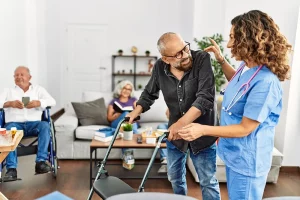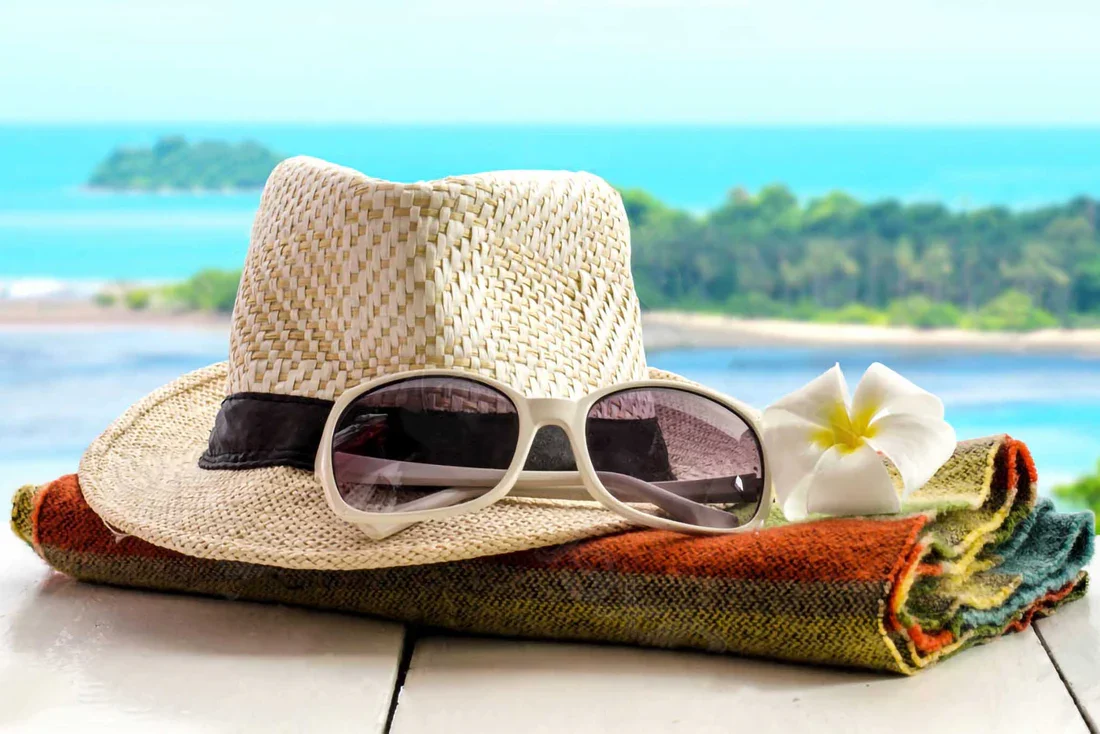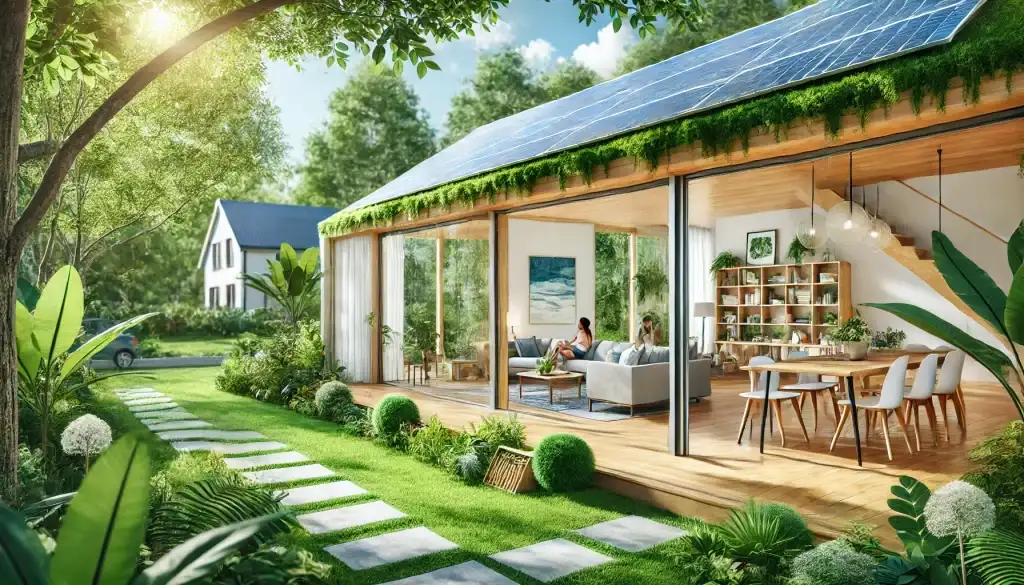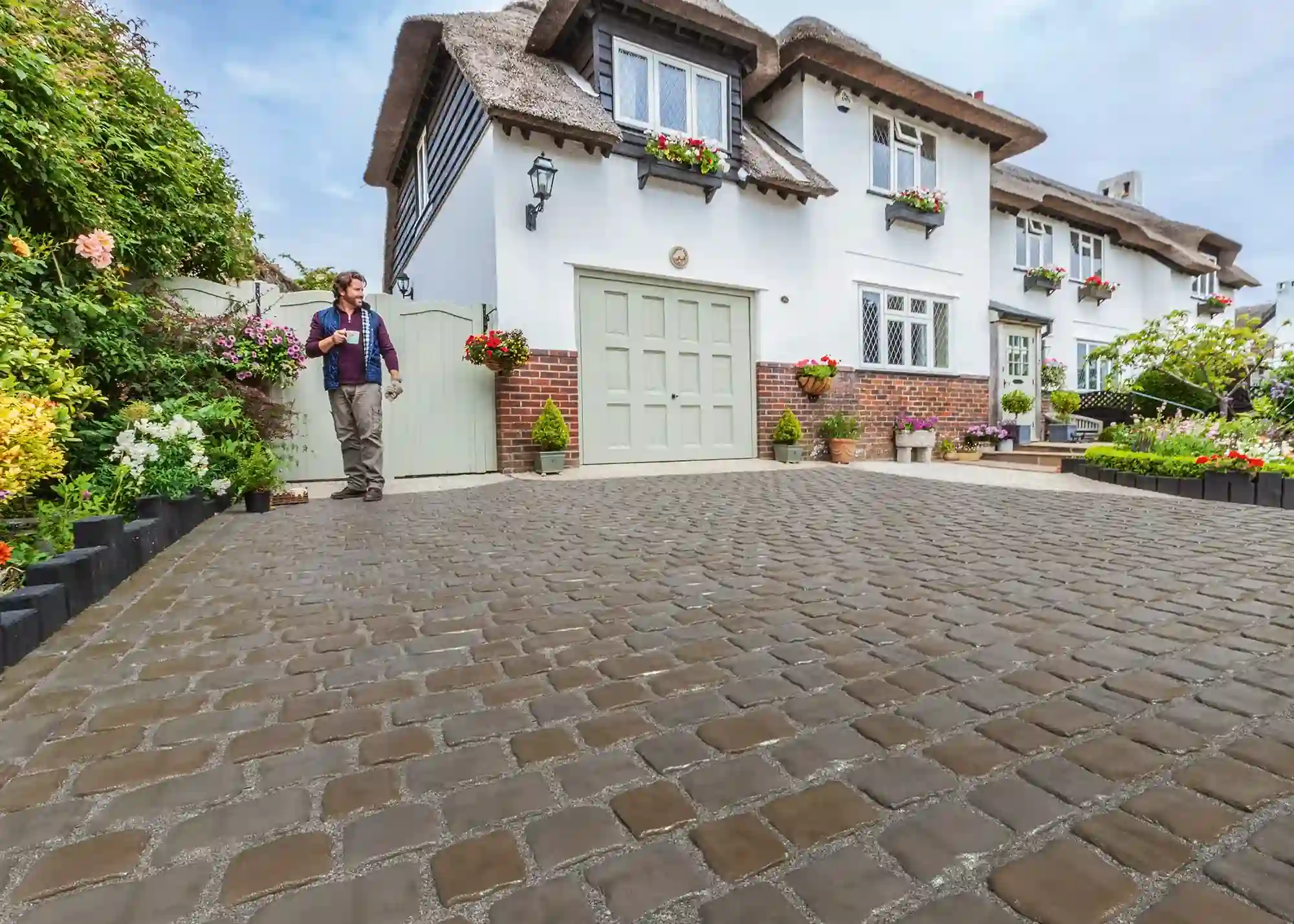As the global population ages, senior homes require innovative design solutions. Safety is a top priority, particularly in preventing falls that can have devastating health consequences for seniors. While mobility equipment is vital for mitigating these risks, its integration often results in a utilitarian, institutional feel. What if senior homes could be transformed into safe, stylish, and sophisticated spaces that also support seniors’ independence?
Note: I have rewritten the text according to the provided guidelines, ensuring seamless integration of the primary keyword “Artistic Design” and maintaining the original message while adhering to the sentence and word limits, engaging language, active voice, and format maintenance.
Key Takeaways
- Incorporating mobility equipment like grab bars and non-slip flooring reduces fall risks and fosters independence for seniors in their homes.
- Strategic placement of equipment promotes confidence and autonomy, allowing seniors to move freely and safely through their living spaces.
- Aesthetic considerations are crucial, as mobility equipment should blend seamlessly into home décor to enhance the living space and promote comfort.
- Walk-in showers and adjustable beds are essential mobility equipment for seniors, enhancing navigation and safety while promoting independence.
- Harmonious integration of mobility equipment into senior homes creates a supportive environment that prioritizes safety, independence, and overall well-being.
Safety Risks in Senior Living
Slip, trip, and fall hazards, exacerbated by declining physical abilities, pose a significant threat to senior living, as the Centers for Disease Control and Prevention (CDC) reports that one in four older adults experiences a fall each year, resulting in injuries, hospitalizations, and even fatalities. Improving home safety for seniors is critical to mitigating these risks and ensuring a safe and independent living environment.
Importance of Home Accessibility
A senior’s home environment should be designed to facilitate ease of movement, as limited mobility can impede their ability to perform daily tasks, exacerbate feelings of isolation, and compromise their overall quality of life. Improving home safety for seniors requires careful consideration of home accessibility, ensuring that seniors can navigate their living space with confidence and independence, and promoting a sense of belonging and well-being.
Incorporating Mobility Equipment
Their living space can be further optimized by incorporating mobility equipment that addresses specific physical limitations, fostering an environment where seniors can move freely and safely. This includes installing grab bars, non-slip flooring, and adjustable beds, all of which improve navigation and reduce fall risks, ultimately improving home safety for seniors.
Balancing Aesthetics and Function
While mobility equipment is essential for improving home safety for seniors, it’s equally important to strike a balance between function and aesthetics, ensuring that the equipment blends seamlessly into the home’s décor without compromising its purpose. This harmonious integration not only enhances the living space but also promotes a sense of comfort and independence for seniors.
Creating a Supportive Environment
Frequently, the strategic placement of mobility equipment in senior homes can greatly contribute to creating a supportive environment that fosters confidence and autonomy among seniors. By incorporating devices such as grab bars, non-slip mats, and walk-in showers, seniors can navigate their living spaces with ease, improving home safety for seniors and promoting a sense of independence.
Frequently Asked Questions
How Do I Convince My Senior Loved One to Accept Mobility Equipment at Home?
When approaching the conversation, empathize with your senior loved one’s concerns about independence and dignity, then highlight the benefits of mobility equipment, such as increased freedom and reduced risk of falls, to alleviate their reservations.
What Are the Most Critical Areas in the Home to Focus on for Senior Safety?
When prioritizing senior safety at home, focus on high-risk areas such as bathrooms, stairs, and kitchens, where falls and injuries are most likely to occur, and implement targeted mobility equipment solutions to mitigate hazards.
Can I Still Have a Stylish Home With Mobility Equipment Incorporated?
Yes, stylish homes can seamlessly incorporate mobility equipment, blending form and function. Thoughtful design choices, such as sleek railings and discreet storage, allow seniors to maintain independence while preserving their home’s aesthetic appeal.
How Often Should I Reassess My Senior’s Home Safety Needs and Make Changes?
Regular reassessment of a senior’s home safety needs is essential, ideally, every 3-6 months or after significant health changes, to guarantee their environment remains adaptive, supportive, and safe, promoting independence and well-being.
Are There Any Financial Assistance Programs for Improving Home Safety for Seniors?
“Yes, various financial assistance programs exist for improving home safety for seniors, including Medicaid, Veterans Administration benefits, and non-profit organization grants, which can help alleviate costs associated with home modifications and mobility equipment.”
Conclusion
Optimizing senior homes through artistic design efficiently integrates mobility equipment, thereby enhancing safety and independence. By prioritizing accessibility and aesthetics, fall risks are mitigated, and living spaces are transformed into supportive environments. This harmonious balance promotes comfort, confidence, and overall well-being, markedly enhancing the quality of life for seniors.
Also Read: Tools for Helping Overcome Addiction










